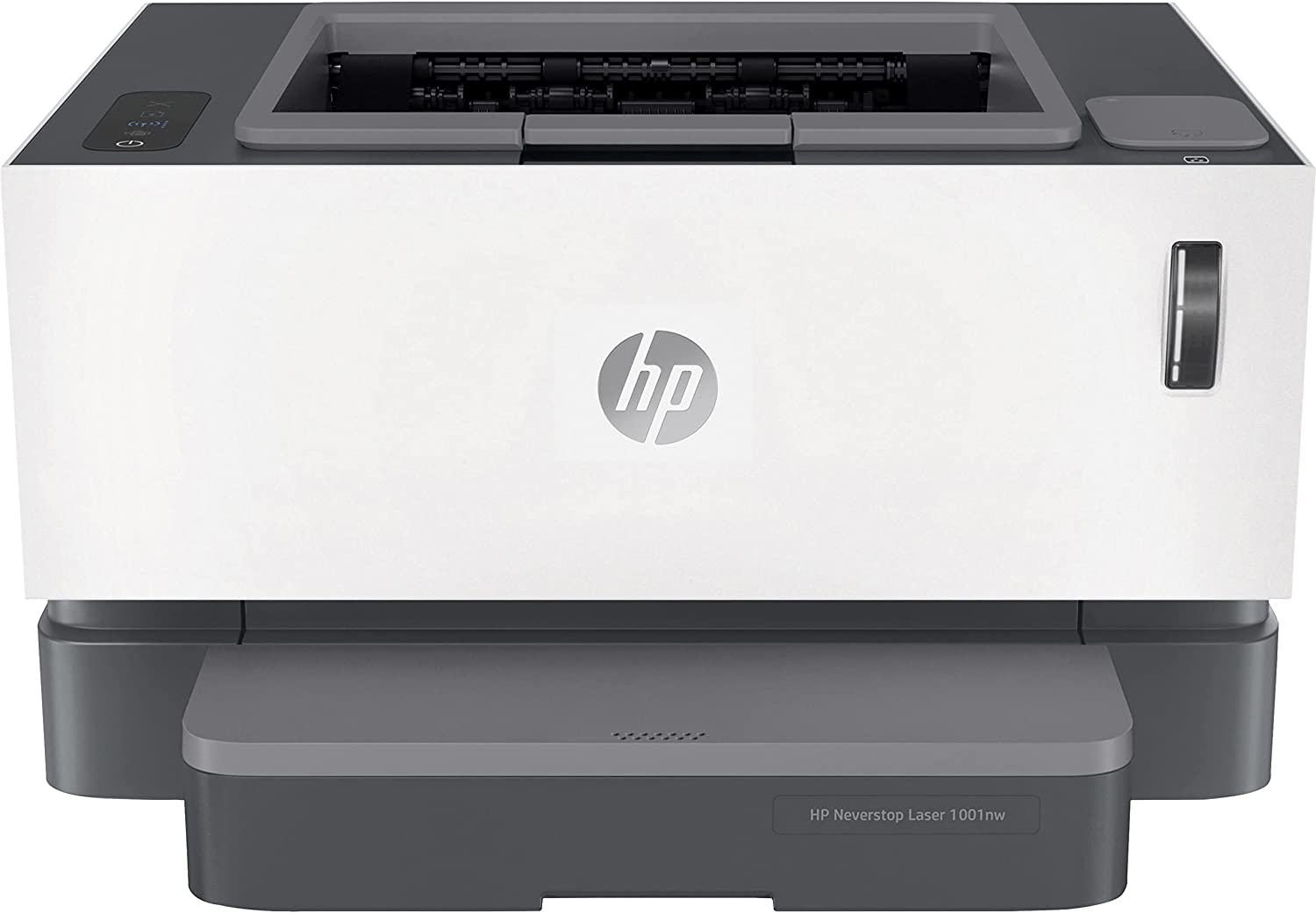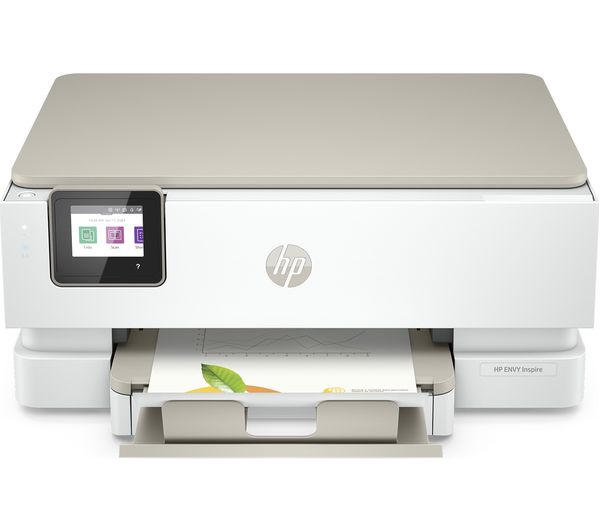

One way to save money on these is to buy refilled cartridges, which can be 30-50% cheaper than the original price, according to the European Toner & Inkjet Remanufacturers Association. "Always look at the cost of the replacement cartridges and their print yield." "Do not buy a laser printer on price alone," says Heywood. But the cartridges also cost £50 – and print a comparatively modest 1,500 pages. Samsung's ML2160 monochrome laser printer, for example, costs about £50. As a rule of thumb, the cheaper the printer, the smaller the cartridge, and the lower the page yield." "If you print mostly photos then you probably want to stick with an inkjet printer," Heywood adds.ĭavid Connett, editor of industry magazine The Recycler, says: "If you're buying a laser printer, it's important to work out what you're going to use it for before deciding on a model. At the domestic end of the market the print quality is higher and the colour definition better. "If you print a lot of black and white documents then a laser can save you a lot of money," says Laura Heywood, managing director, at laser cartridge remanufacturer Kleen Strike.īut inkjet does have its advantages.

A screenwriter, for instance, who prints 10,000 pages, stands to save hundreds of pounds by switching.
#Commercial laser printers for home iso
Cartridges retail for about £110 and have a page yield of 2,800 (colour) and 3,500 (black).Ĭursory number-crunching indicates that if you print only, say, 1,000 pages a year – based on ISO standard 5% paper coverage – then the inkjet, at about 5p per page, is better valueīut for anyone who prints more than 2,000 pages a year, a laser printer, at about 3p per page, is cheaper. The company's top-selling HP CP2025 colour LaserJet sells for about £300. The cartridges sell for £10-£15 and have a standard page yield of 190 (black) and 165 (colour). Its bestselling HP Deskjet 3050A inkjet retails for about £90. Hewlett Packard manufactures more than half of the printers sold in the UK. "Laser can be better value over the longer term, but the initial outlay can be a lot more." "It depends on how many pages you print," says Patrick Stead, head of cartridge recycler Environmental Business Products. So do laser printers now represent a cost-effective alternative for the home consumer? Still, that compares well with the measly 200 pages you are likely to get from the standard inkjet cartridge costing around £15. Standard laser cartridges – coloured toner (dry ink), typically cyan, magenta, yellow, and black (CMYK) – contain a lot of intricate components, print anything from 1,500-3,500 pages but can set you back a hefty £60-£120 each.

So a laser will only make sense if the savings on ink outweigh the extra cost of the machine. This compares with the £50 and less that inkjet printers sell for. Some models can now comfortably fit on a desktop.īasic monochrome models can be bought for less than £100, although more sophisticated colour versions – with features such as Wi-Fi and duplex printing – can sell for three times that, and more. However, the last few years have seen the size and price of laser printers drop dramatically. The bulky laser version was a business-only product. As home printing took off three decades ago, it was cheap inkjet models – which simply hammered tiny dots of ink on to paper – that would end up in most people's homes.


 0 kommentar(er)
0 kommentar(er)
